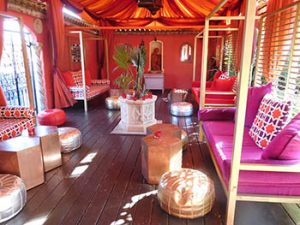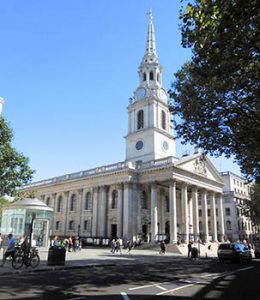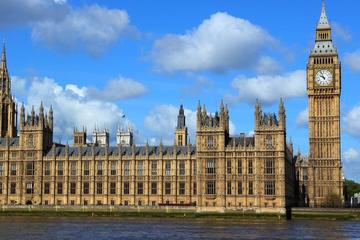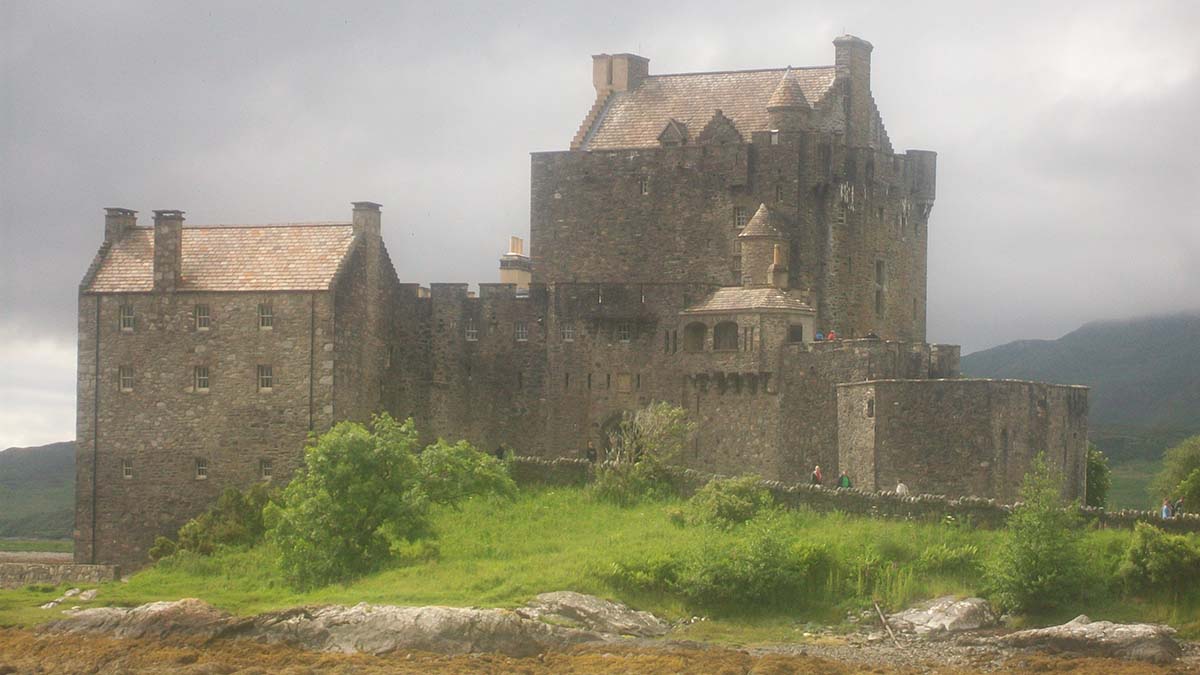
by Marc Latham
When shrouded in mist, the Scottish Highlands evoke an image of living history, aging in slow motion, traveling forward with its past preserved by its traditionally wet cold weather, like ancient history preserved in a peat bog. The historic setting for a comfortable Urquhart Coaches domestic holiday inspired contrasting memories of my youthful world traveling, including previous trips to Scotland.
Travelling the Historic Mind
I remembered seeing tourists like I now was visit sights for a short time, while I spent all day there. They were the ‘other’ then, but I was one of them now. I didn’t feel a yearning for youthful freedom on the holiday; maybe because I’ve already experienced it, and it now seemed less interesting than the new experience of traveling with an older group of people.
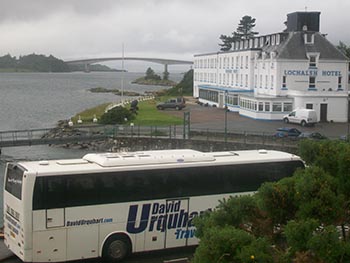 Maybe it was the type of holiday: endless hot sunshine highways and beaches might have inspired a desire for more freedom. We were traveling to the end of the road on this holiday, literally at John O’ Groats, and to the most interesting places around, so I was content… although the Orkney Islands looked temptingly close out in the ocean!
Maybe it was the type of holiday: endless hot sunshine highways and beaches might have inspired a desire for more freedom. We were traveling to the end of the road on this holiday, literally at John O’ Groats, and to the most interesting places around, so I was content… although the Orkney Islands looked temptingly close out in the ocean!
Or maybe it was just nice to be one of the youngest of the group, rather than one of the oldest. Whatever the reasons, I thoroughly enjoyed the experience, and found it an ideal mix of travel, comfort and sights for a relaxing break on the road. I loved the quiet order, with everybody returning to their seats, and trying to be punctual.
Scottish Lowlands to Highlands
After passing Gretna Green on the border, famous for illicit romantic weddings, we stopped for a break in Moffat at a woolen and traditional goods shop. I was traveling with my mother and we walked up to the top of town, past the Star, which has been included in the Guinness Book of Records as the narrowest pub in the world. We had an ice-cream each from a delightful bakery opposite the pub. On the return journey we had a delicious lunch meal and ale in the pub.
Traveling north from Moffat we could soon see Stirling Castle perched on Castle Hill crag to our right. I remembered my previous trip to the Highlands, traveling on a regular coach service, and how Stirling Castle had signaled the border between the lowlands and highlands. That time I continued west to Fort William, passing through Glen Coe, which I remembered as particularly beautiful; with low cloud sifting through the high peaks hauntingly poignant. On that route we also traveled alongside a couple of long lochs, which were much longer and more spectacular than I’d imagined.
This time we traveled through the Cairngorms National Park and past Inverness to the small village of Garve. Low cloud and dusk limited the view, but increased the melancholic atmosphere; it felt great to be surrounded by nature once more, having escaped high-density population. The roads were so narrow in places there was little room for pedestrians or cyclists.
We arrived late at the Garve Hotel, but they had prepared dinner for when we’d unpacked. We were assigned rooms, and had our luggage transferred to them. We chose dinner tables in the conservatory section of the dining-room, alongside a garden, and kept them for the duration of our stay. Dinner was a three-course meal, with a few choices for each. Breakfast was included as well, and there was quality local entertainment all four nights.
Our driver/guide chose our day-trips schedule with regard to the weather forecast and distance: the longest countryside trip, to John O’ Groats, would be on the middle day, which was also forecast to be dry; the shorter countryside trip, to Skye, the next day, which was forecast to be dry in the afternoon. The last day was forecast to be the wettest, so Inverness was scheduled for then; it had more shelter and was also the shortest trip, before the long return journey south.
The Day Trips
It was raining heavily in the morning as forecast, and the mountains were under low cloud as we drove west alongside Loch Luichart and Loch Carron. However, by the time we crossed the bridge onto the Isle of Skye, after a short break in Kyle of Lochalsh on the mainland, there was mainly blue sky and sunshine. We traveled up the east coast of the largest Inner Hebrides island as far as Portree, where we stopped for lunch.
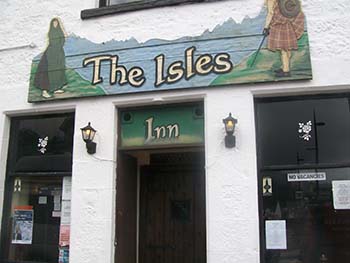 After a quick walk around the main town my mother and I went to the Isles Inn. It looked a traditional pub from the outside, and its interior was similarly rustic, with a stone decor ideal for the open fireplace. I had a tasty vegetarian haggis with mashed potatoes, vegetables and gravy to eat; washed down with a local ale.
After a quick walk around the main town my mother and I went to the Isles Inn. It looked a traditional pub from the outside, and its interior was similarly rustic, with a stone decor ideal for the open fireplace. I had a tasty vegetarian haggis with mashed potatoes, vegetables and gravy to eat; washed down with a local ale.
We had time to find the pier area, which reminded me of renowned Tobermory harbour on the Isle of Mull, with different coloured houses rising up the hill above. The name Portree is thought to derive from the Scottish Gaelic Port Ruighe, meaning “sloping harbour.” The neighbouring island of Raasay is visible to the east.
On the return journey there was time for a couple of photo stops on Skye, and we also popped down to Eilean Donan castle [PHOTO AT TOP] on the mainland. Late afternoon sun lit the castle, providing excellent light for photos. Eilean Donan dates from the thirteenth century, and was home to the Mackenzie Clan for most of its history. It was used as a location in movies such as Bonnie Prince Charlie (1948), Highlander (1986) and The World is Not Enough (1999).
It was top of my mother’s Scottish must-see list, without knowing where it was, after the BBC used its image as a link between programs. I’d walked from Eilean Donan to Kyleakin on Skye in 2004, after busing to the castle from Fort William. It was nice to have that memory, but nice to re-board the bus! The lochside peaks were visible approaching Garve, providing a contrasting view from the morning.
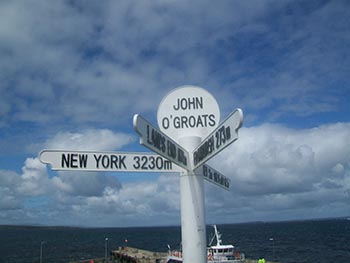 Driving north to John O’ Groats alongside the east coast was quite exhilarating. We stopped in Dornoch on the way, with its historic monthly market taking place that morning. On the opposite side of the street, the old jailhouse has been converted into stylish shops. It also has a thirteenth-century cathedral; Madonna and Guy Ritchie’s son Rocco John Ritchie was baptized there in 2000, the day before the couple married in nearby Skibo Castle.
Driving north to John O’ Groats alongside the east coast was quite exhilarating. We stopped in Dornoch on the way, with its historic monthly market taking place that morning. On the opposite side of the street, the old jailhouse has been converted into stylish shops. It also has a thirteenth-century cathedral; Madonna and Guy Ritchie’s son Rocco John Ritchie was baptized there in 2000, the day before the couple married in nearby Skibo Castle.
Dornoch is on the border of the Dornoch Firth and Moray Firth, and the sea views widened as we traveled north into the Highlands wilderness. Our driver/guide pointed out seals basking on a golden beach, and oil-rig platforms being built and transported out to the North Sea. After arriving at John O’ Groats I was pleasantly surprised that the Orkney Islands were clearly visible to the north. A local shop owner boarded the bus to tell us the names of biggest islands.
After taking our turn for the almost obligatory photo under the ‘distances’ sign I walked up the beach a little, looking for a quiet moment to reflect on where I was, and what might have passed over the land and water before, with the Orkneys home to prehistoric monuments comparable with Stonehenge. Recent archaeological research on the islands featured in a television documentary series has pushed the building of the stone megaliths on the island back to 5500 years ago; much earlier than current estimates for Stonehenge; suggesting the culture started in the north and traveled south.
 The majority of our group had said they’d prefer to split the third day by visiting Loch Ness before Inverness, instead of spending the whole day in the latter, and that was okay with our driver/guide. So, in the morning we drove forty-five minutes south to Loch Ness, and parked above, funnily enough, Urquhart Castle. Nobody saw Nessie, but it was a nice setting above the loch. I had previously seen the north of the loch from the Rockness festival in 2008.
The majority of our group had said they’d prefer to split the third day by visiting Loch Ness before Inverness, instead of spending the whole day in the latter, and that was okay with our driver/guide. So, in the morning we drove forty-five minutes south to Loch Ness, and parked above, funnily enough, Urquhart Castle. Nobody saw Nessie, but it was a nice setting above the loch. I had previously seen the north of the loch from the Rockness festival in 2008.
In the afternoon we had a few hours in Inverness. After walking through the indoor market we had a nice pub lunch in Lauders bar. Then we walked north along the River Ness from Inverness Castle, with several historic buildings and churches lining the route. Moreover, the July-snow-capped peaks of Ben Wyvis and Little Wyvis created a picturesque horizon; as if symbolising the icing on the cake of our holiday.
There weren’t many people at the final night’s show, as many were preparing for the early start and return journey. However, everybody was upbeat in the morning, and on the return journey; I was surprised at the evident happy energy and enthusiasm on board after five days full of traveling long distances and busy sightseeing.
If You Go:
Links:
David Urquhart Travel
Garve Hotel, Wester Ross
The Isle of Skye
John O’Groats Visitor Guide
Inverness Information
About the author:
Marc Latham traveled to all the populated continents during his twenties. He studied during his thirties, including a BA in History, and spent his forties creative writing. He lives in Leeds, writing from the Travel 25 Years website. He has had a Magnificent Seven books published, most recently completing a trilogy of comedy fantasy travel by web maps and information. The blogged book’s theme might have inspired the return of the X Files. The Truth is Out There and all that, and the books are available on Amazon and other bookstores.
All Photos by Marc Latham
Eilean Donan
Skye Bridge
Skye Pub
John O’ Groats
Urquhart Castle



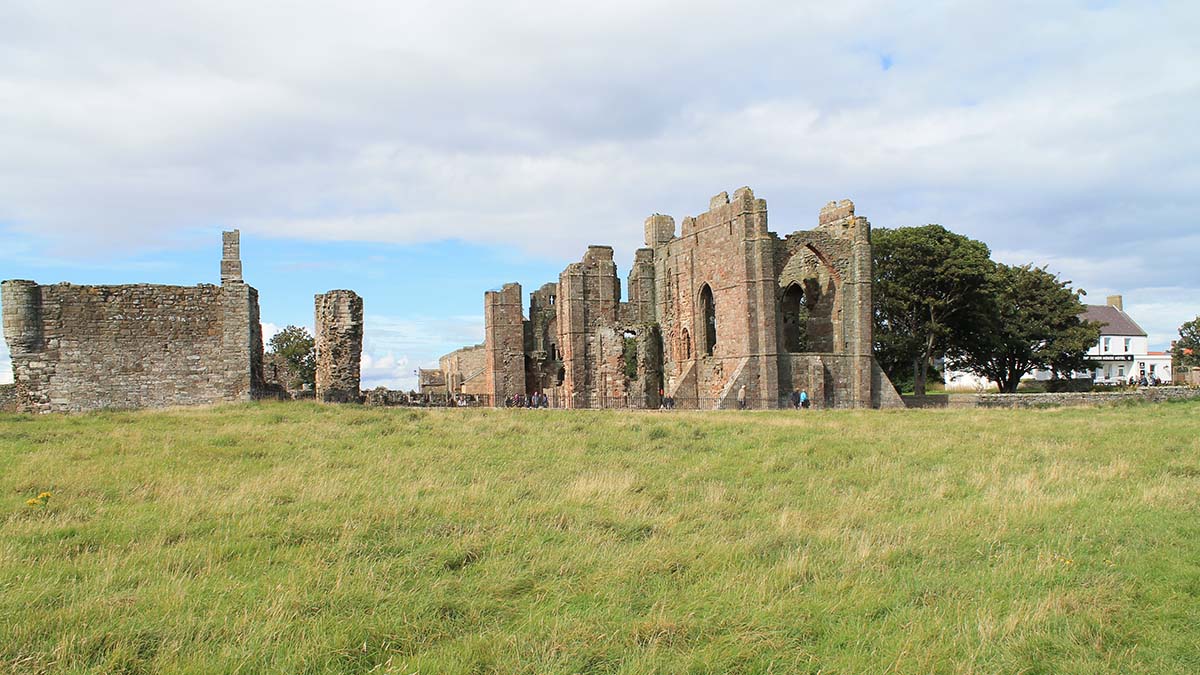

 Lindisfarne Itself is about a mile or 1.6 kilometers off the mainland. There is a causeway that makes its way across the tidal flats and then winds through the dunes along the island’s shore. A walking path is also there for those who are so inclined. It is along this route that pilgrims traveled as far back as the 6th century to reach one of the great centers of Celtic Christianity founded by an Irish monk named Aiden. Posted at either end of the causeway and also on the island’s website are tidal charts. When planning your visit to the island you must plan around the incoming and outgoing tides. Failure to do so may result in being stranded on the causeway as the tide rises. The tide times differ from month to month and day to day so it is imperative to consult the charts for the day or days you plan to visit. You do not want to be caught by a rising tide. Because this has happened in the past there is an escape tower situated along the route. If you choose to walk, the Island’s website suggests that it is a good idea to be accompanied by someone familiar with the area. With an overcast sky the drive is rather bleak and, for those of us unfamiliar with oceans and tides, there is just a bit of apprehension as we head down the causeway. With the tide out there is a broad plain with pools of water remaining here and there. We hope we understood the charts correctly.
Lindisfarne Itself is about a mile or 1.6 kilometers off the mainland. There is a causeway that makes its way across the tidal flats and then winds through the dunes along the island’s shore. A walking path is also there for those who are so inclined. It is along this route that pilgrims traveled as far back as the 6th century to reach one of the great centers of Celtic Christianity founded by an Irish monk named Aiden. Posted at either end of the causeway and also on the island’s website are tidal charts. When planning your visit to the island you must plan around the incoming and outgoing tides. Failure to do so may result in being stranded on the causeway as the tide rises. The tide times differ from month to month and day to day so it is imperative to consult the charts for the day or days you plan to visit. You do not want to be caught by a rising tide. Because this has happened in the past there is an escape tower situated along the route. If you choose to walk, the Island’s website suggests that it is a good idea to be accompanied by someone familiar with the area. With an overcast sky the drive is rather bleak and, for those of us unfamiliar with oceans and tides, there is just a bit of apprehension as we head down the causeway. With the tide out there is a broad plain with pools of water remaining here and there. We hope we understood the charts correctly. Once across there is a parking lot where visitors must leave their vehicles. Be prepared for a fairly long walk to get to the village, ruins and the castle. However, for those who wish to use it, there are shuttle buses that will take you into village and even up to the castle. They run at specific times so check the schedule. The walk to the town itself is scenic as you leave behind the barren shoreline. Trees line the street and there is fresh produce for sale at a roadside stand. Stone buildings in the town and cobblestone streets give a pervasive atmosphere of going back in time.
Once across there is a parking lot where visitors must leave their vehicles. Be prepared for a fairly long walk to get to the village, ruins and the castle. However, for those who wish to use it, there are shuttle buses that will take you into village and even up to the castle. They run at specific times so check the schedule. The walk to the town itself is scenic as you leave behind the barren shoreline. Trees line the street and there is fresh produce for sale at a roadside stand. Stone buildings in the town and cobblestone streets give a pervasive atmosphere of going back in time. Because very few vehicles are allowed, it is very quiet and people wander about the streets at their own pace. You can visit the Lindisfarne Priory, which is not the original, which was destroyed by the Vikings. There is also a museum and visitor centre that details the history of the island. Here is a wealth of information about the founding saint of the monastery, Aidan and of Saint Cuthbert and the story of the Lindisfarne Gospels. This ancient book was written at the monastery about 700 AD in honour of St. Cuthbert. The original manuscript, which has survived to this day, is ornately decorated and is now housed in the British Library in London.
Because very few vehicles are allowed, it is very quiet and people wander about the streets at their own pace. You can visit the Lindisfarne Priory, which is not the original, which was destroyed by the Vikings. There is also a museum and visitor centre that details the history of the island. Here is a wealth of information about the founding saint of the monastery, Aidan and of Saint Cuthbert and the story of the Lindisfarne Gospels. This ancient book was written at the monastery about 700 AD in honour of St. Cuthbert. The original manuscript, which has survived to this day, is ornately decorated and is now housed in the British Library in London.
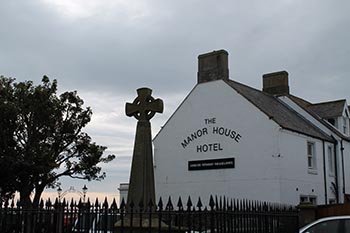 In the village there are various places to eat. There is an inn and many different accommodations including Bed and Breakfasts and Self-Catering units. To be able to stay on the island book well in advance as during the summer season it can be busy. Even places on the nearby mainland fill up quickly.
In the village there are various places to eat. There is an inn and many different accommodations including Bed and Breakfasts and Self-Catering units. To be able to stay on the island book well in advance as during the summer season it can be busy. Even places on the nearby mainland fill up quickly.




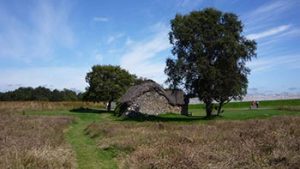
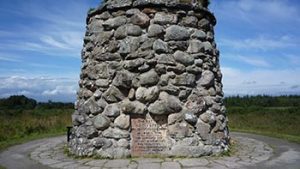
 Since 2007, there has been a Visitor Center at the site which tells the tale. The Visitor Center is well worth your time to go through and learn all about the battle before heading outdoors to the moor itself. You can take an audio tape out with you which gives details about the battle and armies, a good choice. If you have the stomach, experience the circular video re-enactment of the battle inside the center. It is easy to feel respect and admiration, as well as heartache, for the doomed men who battled bravely, knowing they were charging into their death.
Since 2007, there has been a Visitor Center at the site which tells the tale. The Visitor Center is well worth your time to go through and learn all about the battle before heading outdoors to the moor itself. You can take an audio tape out with you which gives details about the battle and armies, a good choice. If you have the stomach, experience the circular video re-enactment of the battle inside the center. It is easy to feel respect and admiration, as well as heartache, for the doomed men who battled bravely, knowing they were charging into their death.


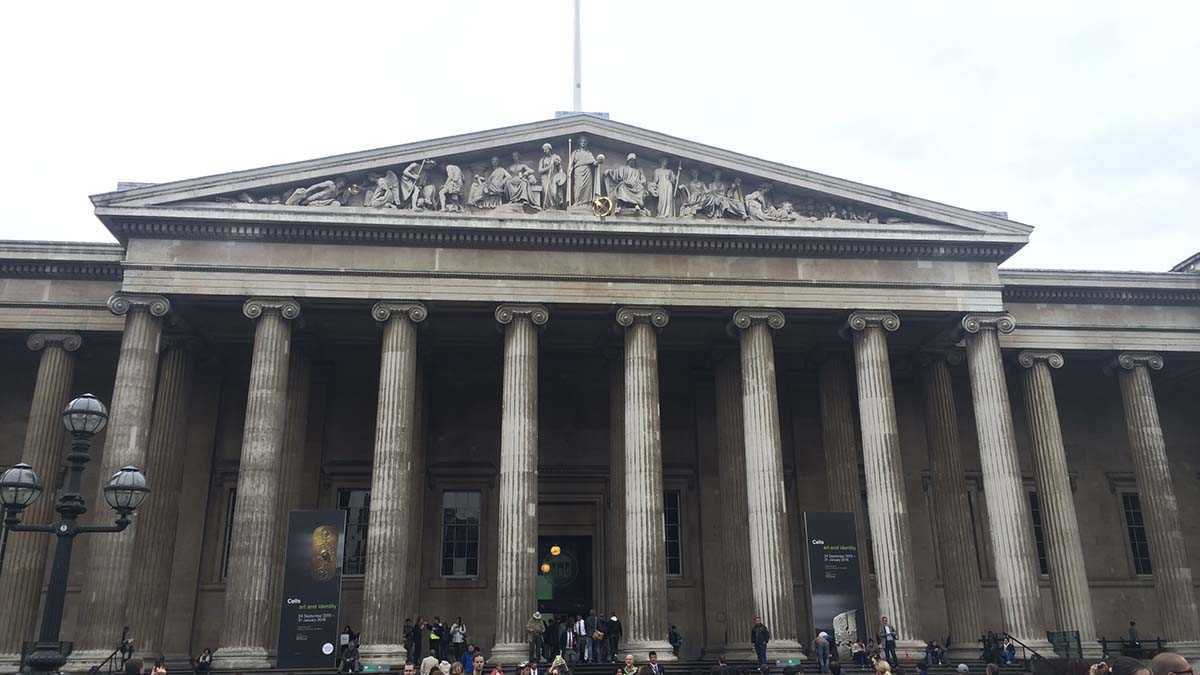

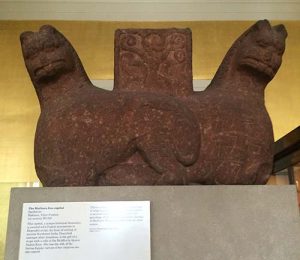

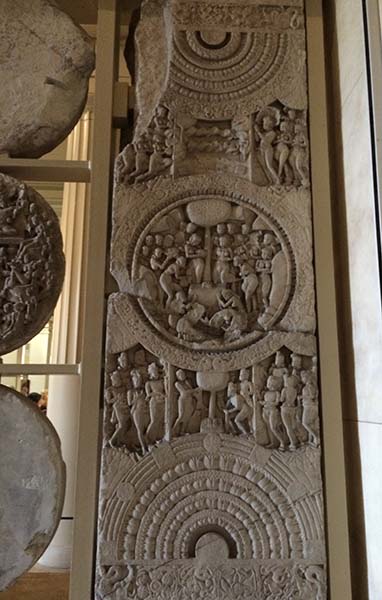 The Amaravati Stupa, also known as a Maha Chaitya or Great Stupa is considered to be the largest stupa in India, even larger than its most famous counterpart, the Sanchi Stupa. While the Sanchi Stupa is a major tourist attraction in India, the Amaravati Stupa suffered a different fate. Evidence has shown that the stupa built during the reign of the Mauryan Emperor Ashoka, remained a major religious site well into the 14th century when Hinduism had become the primary religion in India. Till about 1344 AD, various successive dynasties, helped in building and extending the stupa and its surrounding areas.
The Amaravati Stupa, also known as a Maha Chaitya or Great Stupa is considered to be the largest stupa in India, even larger than its most famous counterpart, the Sanchi Stupa. While the Sanchi Stupa is a major tourist attraction in India, the Amaravati Stupa suffered a different fate. Evidence has shown that the stupa built during the reign of the Mauryan Emperor Ashoka, remained a major religious site well into the 14th century when Hinduism had become the primary religion in India. Till about 1344 AD, various successive dynasties, helped in building and extending the stupa and its surrounding areas. The gallery also boasts of a sprawling collection of Hindu bronzes, statues and sculptures known almost misleadingly as the Bridge Collection. I admired the dark, seated stone figure of the Hindu sun god, Surya from 13th century Orissa, part of a group of eye catching sculptures which show the nine planets or the “navagrahas”. My eyes rested on a marvelously carved, seated stone figure of Ganesh, the remover of obstacles, also from the same era, depicted unusually with five heads and ten hands. The entire collection was amassed by Charles “Hindoo” Stuart, an Irish officer in the East India Company, known for his affinity to Hinduism and Indian culture. He collected antiquities mostly from the states of Bengal, Orissa, Bihar and Central India and displayed them at his home in Kolkata. After his death and burial in Kolkata in 1828, his impressive collection was transferred to England where it was sold in auction to John Bridge in 1829-30. Thus the collection was given to the museum in 1872 by the Bridge family heirs.
The gallery also boasts of a sprawling collection of Hindu bronzes, statues and sculptures known almost misleadingly as the Bridge Collection. I admired the dark, seated stone figure of the Hindu sun god, Surya from 13th century Orissa, part of a group of eye catching sculptures which show the nine planets or the “navagrahas”. My eyes rested on a marvelously carved, seated stone figure of Ganesh, the remover of obstacles, also from the same era, depicted unusually with five heads and ten hands. The entire collection was amassed by Charles “Hindoo” Stuart, an Irish officer in the East India Company, known for his affinity to Hinduism and Indian culture. He collected antiquities mostly from the states of Bengal, Orissa, Bihar and Central India and displayed them at his home in Kolkata. After his death and burial in Kolkata in 1828, his impressive collection was transferred to England where it was sold in auction to John Bridge in 1829-30. Thus the collection was given to the museum in 1872 by the Bridge family heirs.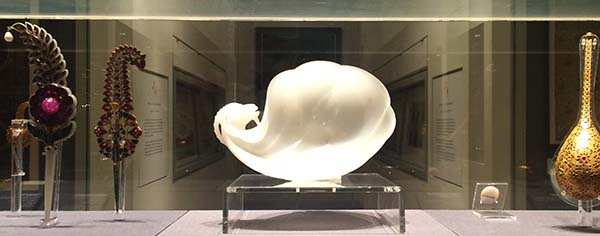
 Following this, we walked over to see Tipu’s Tiger. Considered by the museum to be one of its most precious and popular objects, this intriguing musical tiger mauling a red coated European soldier was made for Tipu Sultan, the king of Mysore, sometimes known as the “Tiger of Mysore” in South India. Tipu ruled from 1782 to 1799 and fought three wars against the British East India Company before being finally defeated and killed in his capital, Seringapatam in 1799. His treasury was immediately divided among the Company soldiers and the tiger was first displayed at the India museum in 1808. After the dissolution of the East India Company, this semi-automaton musical instrument was moved to the South Kensington museum, now the V & A and has been on display ever since. I realized that a visit to these two museums can be an enlightening as well as a poignant experience for most Indians.
Following this, we walked over to see Tipu’s Tiger. Considered by the museum to be one of its most precious and popular objects, this intriguing musical tiger mauling a red coated European soldier was made for Tipu Sultan, the king of Mysore, sometimes known as the “Tiger of Mysore” in South India. Tipu ruled from 1782 to 1799 and fought three wars against the British East India Company before being finally defeated and killed in his capital, Seringapatam in 1799. His treasury was immediately divided among the Company soldiers and the tiger was first displayed at the India museum in 1808. After the dissolution of the East India Company, this semi-automaton musical instrument was moved to the South Kensington museum, now the V & A and has been on display ever since. I realized that a visit to these two museums can be an enlightening as well as a poignant experience for most Indians.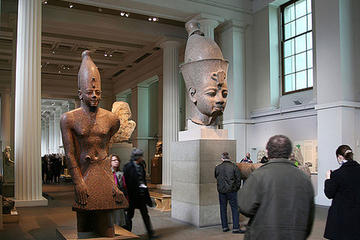


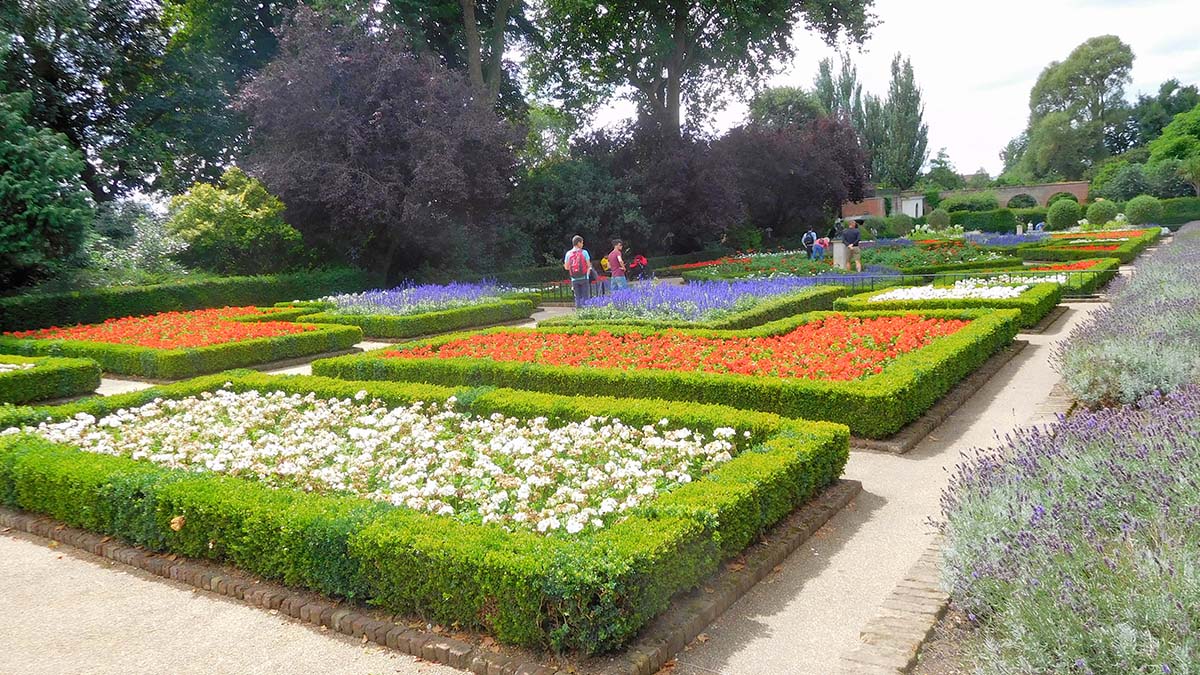
 Garden of St. Michael’s Cornhill
Garden of St. Michael’s Cornhill
